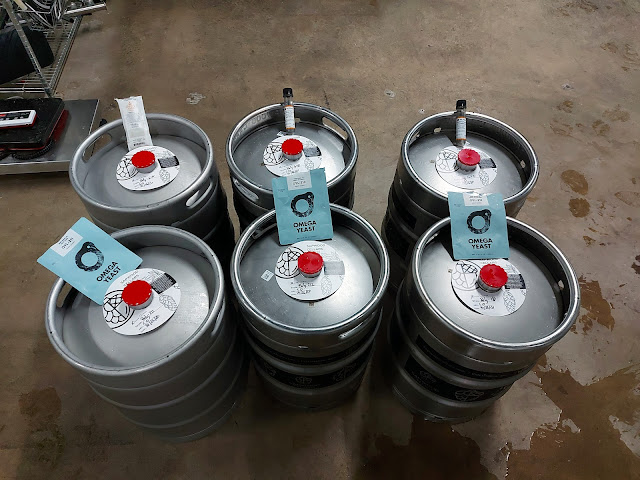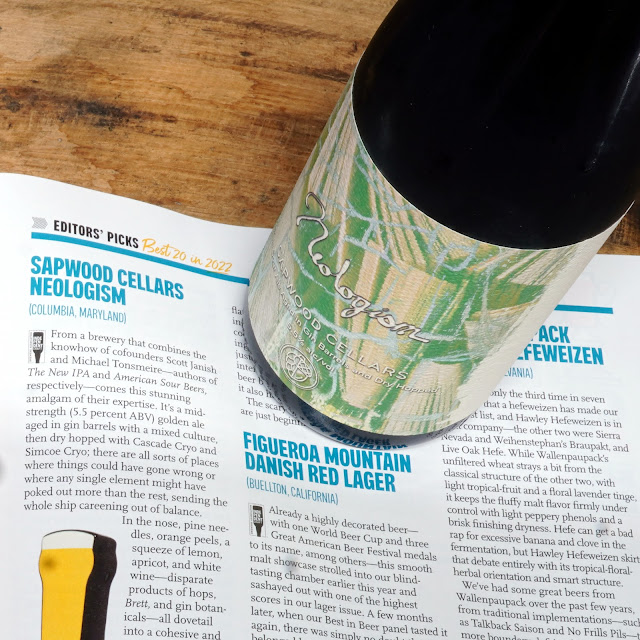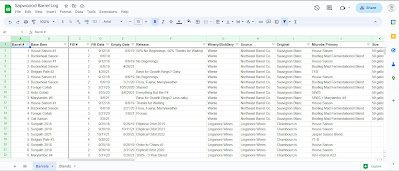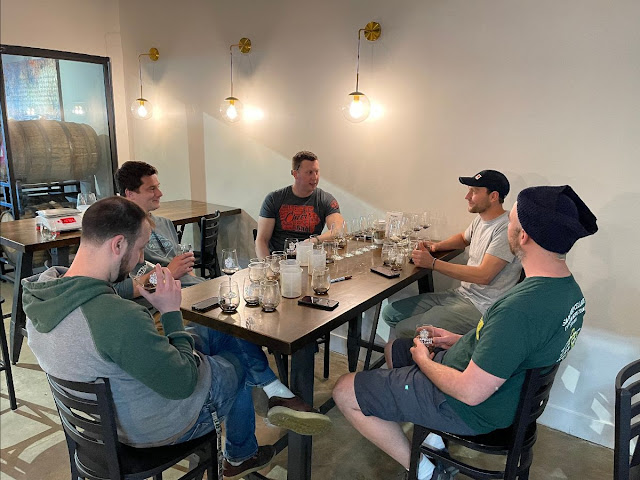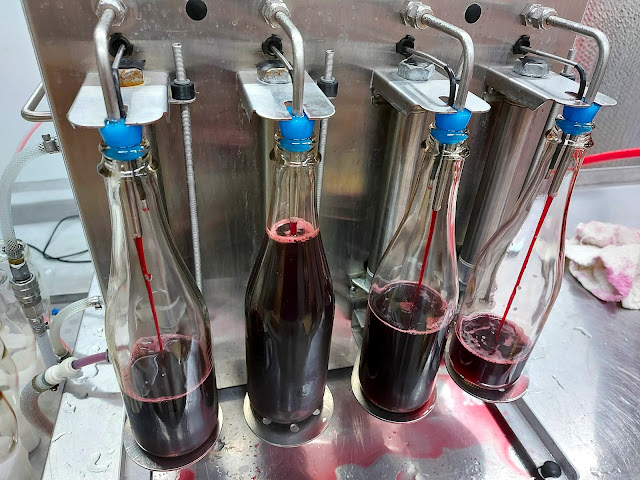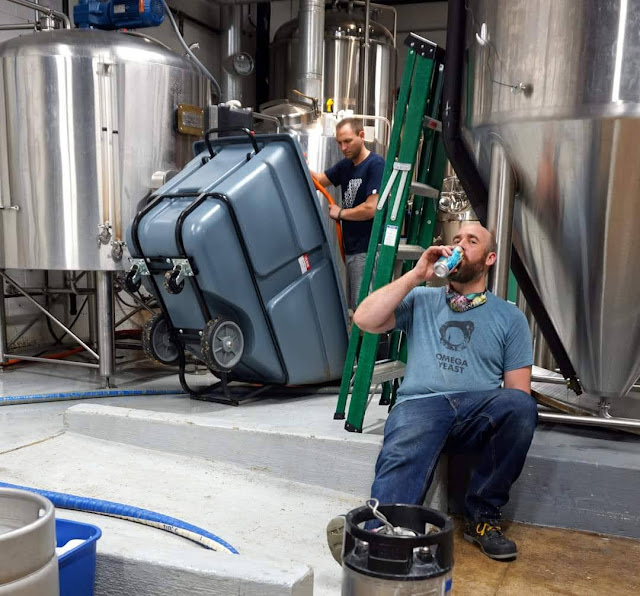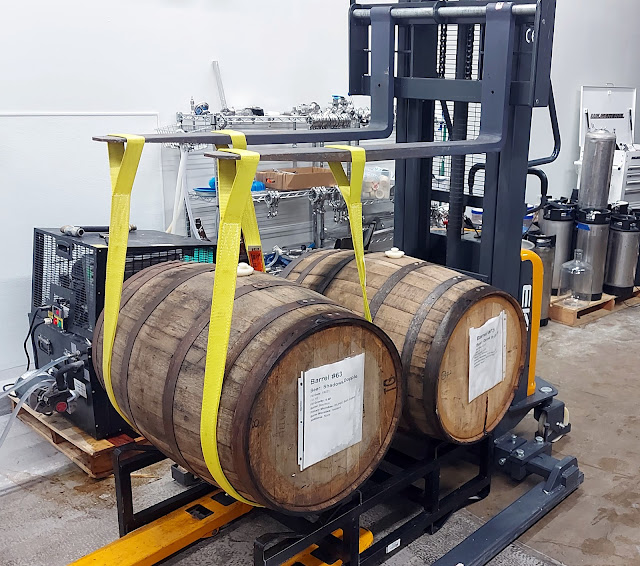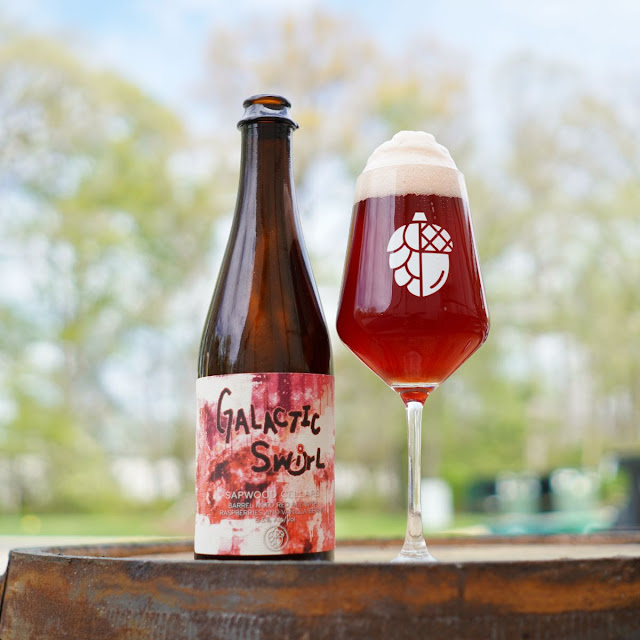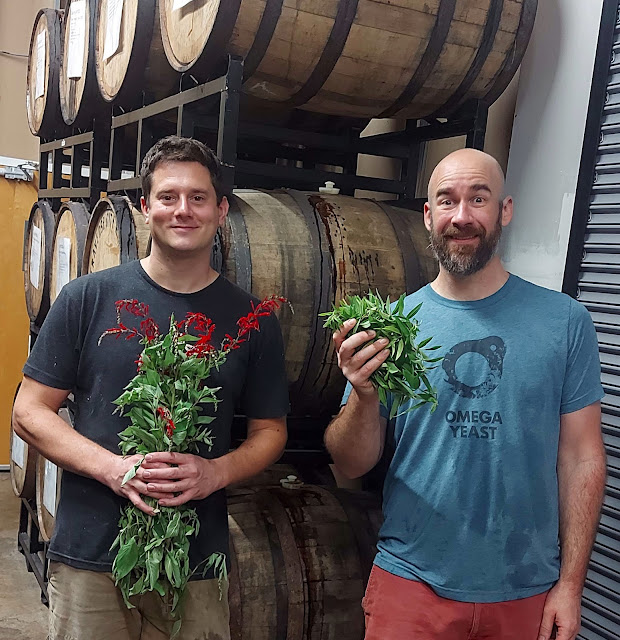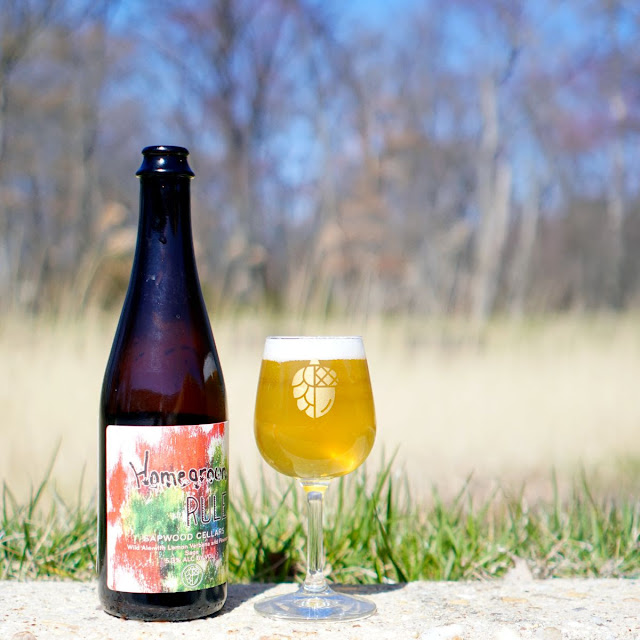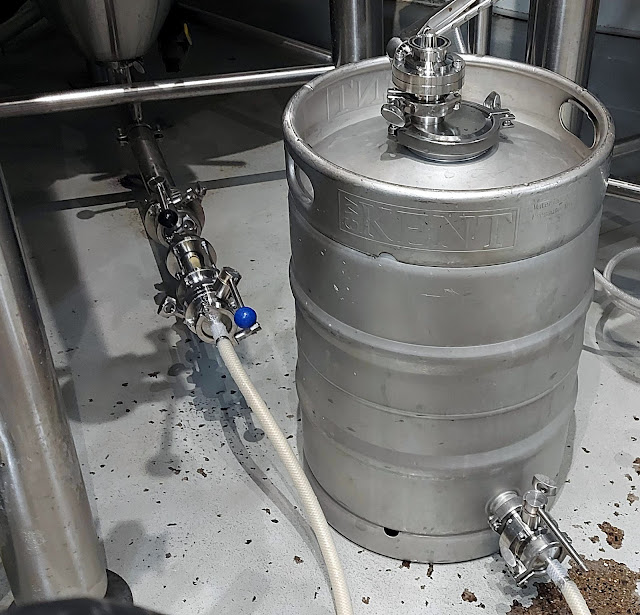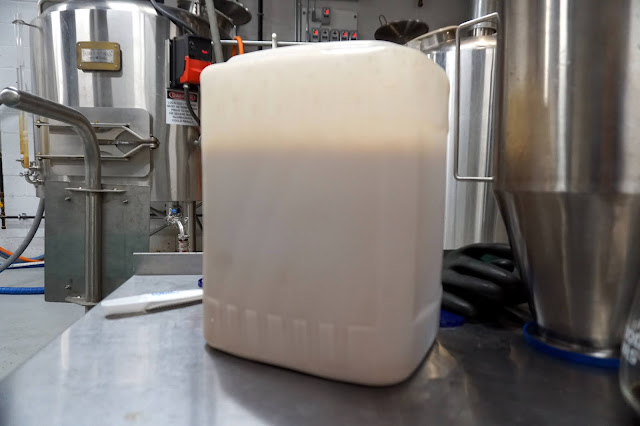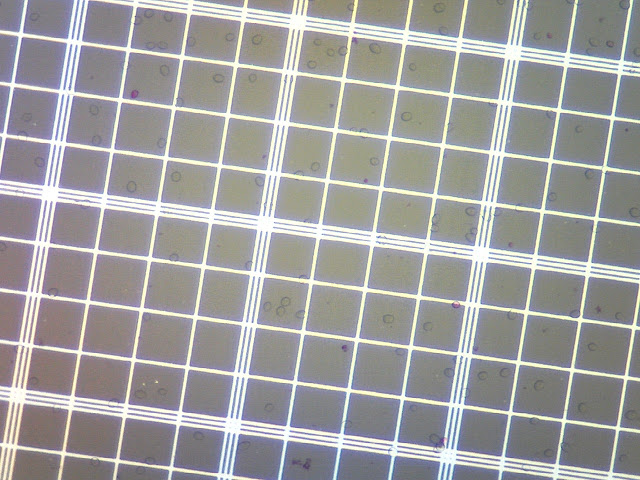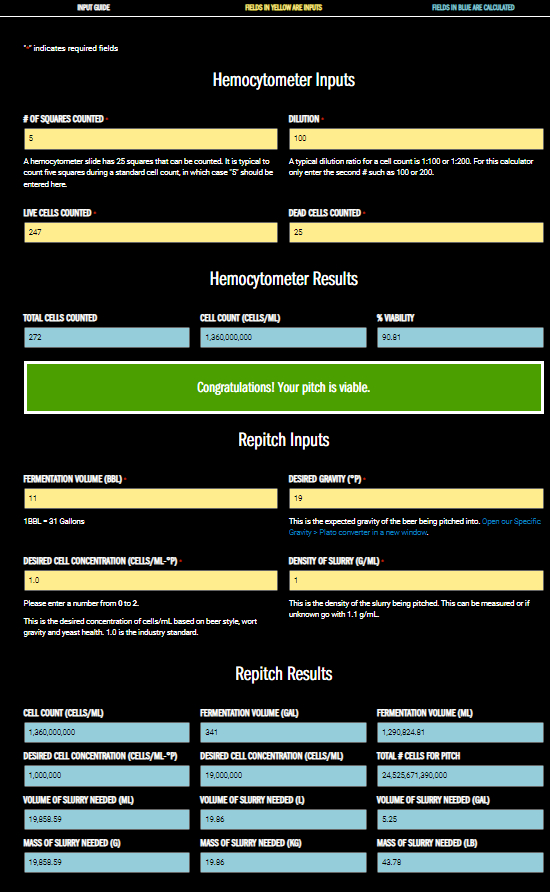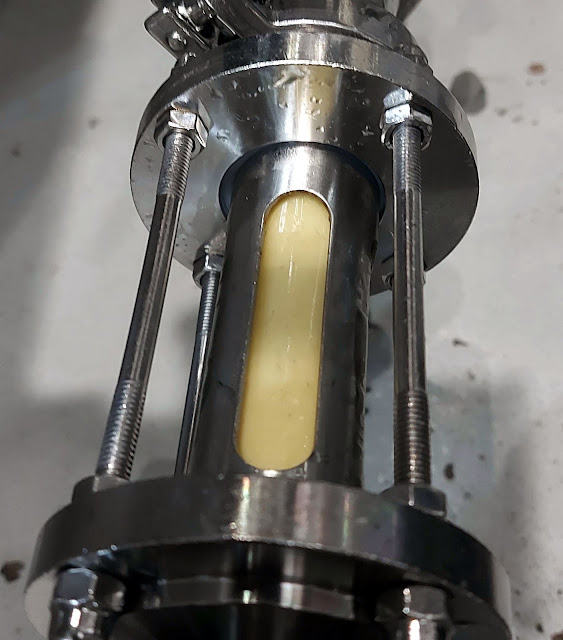 This week I take a closer look at the mashing process and what is actually going on when we mash malted barley and then sparge it to produce wort during the brewing process. The Purpose of Mashing Mashing is, in its most simple form, a process that breaks longer carbohydrate molecule chains into simpler sugars […]
This week I take a closer look at the mashing process and what is actually going on when we mash malted barley and then sparge it to produce wort during the brewing process. The Purpose of Mashing Mashing is, in its most simple form, a process that breaks longer carbohydrate molecule chains into simpler sugars […]  This week I take a closer look at the mashing process and what is actually going on when we mash malted barley and then sparge it to produce wort during the brewing process. The Purpose of Mashing Mashing is, in its most simple form, a process that breaks longer carbohydrate molecule chains into simpler sugars […]
This week I take a closer look at the mashing process and what is actually going on when we mash malted barley and then sparge it to produce wort during the brewing process. The Purpose of Mashing Mashing is, in its most simple form, a process that breaks longer carbohydrate molecule chains into simpler sugars […] 
